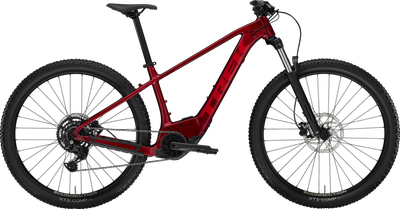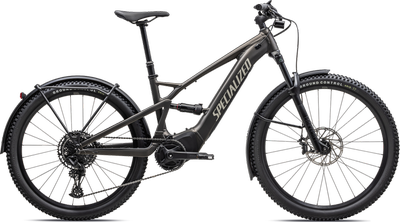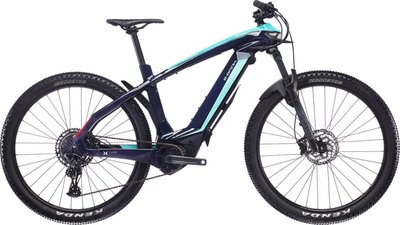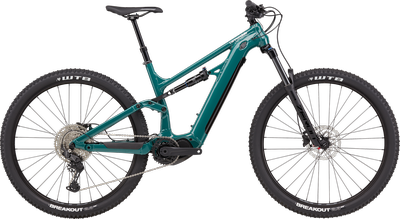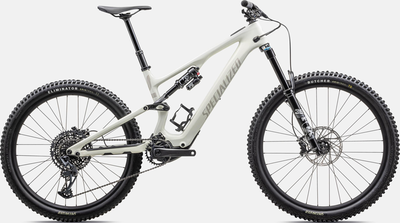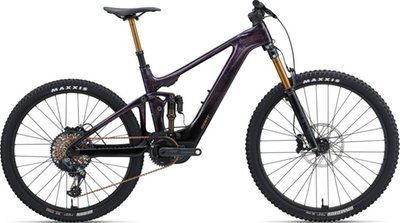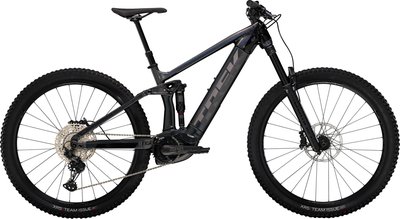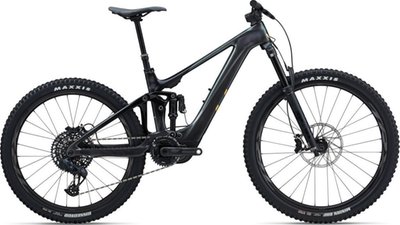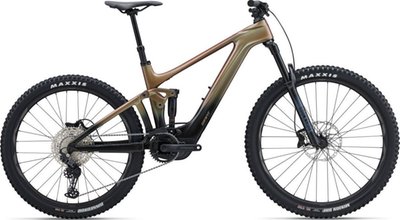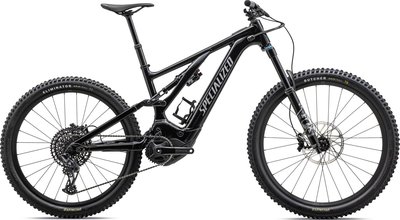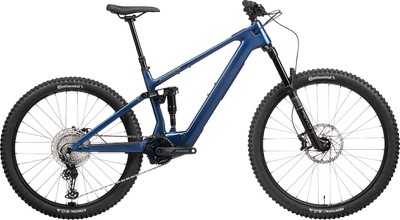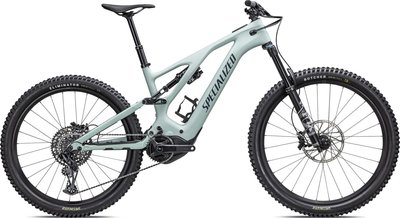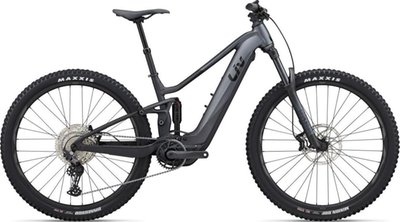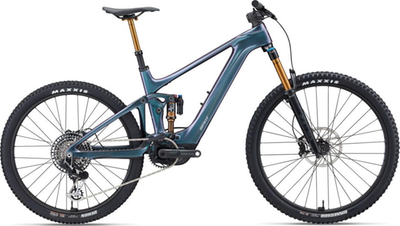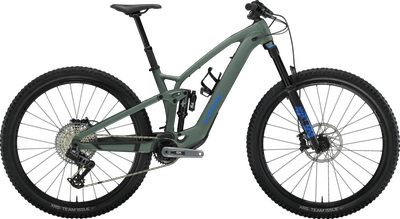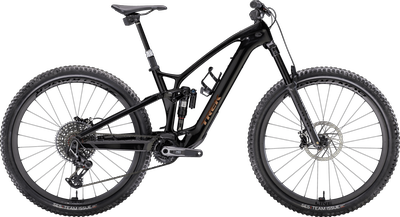E-Mountain Bikes
62 Results
Electric Mountain Bikes
The advent of mountain bike electric motors has given riders a completely new way to enjoy their favorite trail routes. The rapid development of these motors has led to the rise in popularity of electric mountain bikes to the point that nearly every manufacturer has at least one model in their product line.
Looking for deals? We have them! Discover our selection of e-mountain bikes on sale!
An electric mountain bike is essentially a mountain bike fitted with an electric motor and a battery pack to give you extra power on ascents. It also gives you the option to disengage the motor if you prefer to ride it like a regular mountain bike.
A power assist mountain bike can give you a whole new perspective on your beloved hobby. If you want to experience the difference for yourself, you have come to the right place!
BikeExchange has a wide range of electric mountain bikes for every type of rider. Explore our entire collection and place an order now!
How to choose the right electric mountain bike?
There are several factors to consider when choosing an electric mountain bike. The important thing to remember is that no electric bike is perfect for everyone, but there is an electric mountain bike out there perfect for you!
Wattage
The electric mountain bikes on the market are generally classified according to the wattage of their mountain bike electric motor. This metric indicates how much power a motor can produce.
BikeExchange has electric mountain bikes that range from 250 W to 900 W. The rule of thumb is that the higher the wattage, the quicker you can climb hills without losing momentum.
Class 1: The mountain bike electric motors in this classification do not exceed 750 W. Class 1 electric mountain bikes do not have throttles and require pedaling to engage the motor. These bikes are popular among enthusiasts because they let them reap the benefits of cycling without excessive strain.
Class 2: The electric mountain bikes in this classification have throttles and can exceed 750 W.
Class 3: The bicycles in this classification are equipped with some of the fastest mountain bike electric motors, though their owners are required to wear helmets in many states. These bikes are suitable for commuters who encounter rough terrain on their way to school or work.
Battery Capacity
The battery capacity of an electric mountain bike determines the distance the motor can endure before needing a charge. It is measured in watt-hours and can range from 250 Wh to 1000 Wh. However, it is important to note that these numbers cannot be assessed without putting the motor wattage into the equation. That is because a powerful mountain bike electric motor consumes more battery capacity than a weaker motor. Suspension System You should also consider what suspension system best suits your riding requirements.
Full Suspension: An electric full suspension mountain bike has shock absorbers on the front and rear wheels, keeping the bike stable and the rider comfortable on even the harshest terrain.
Hardtail: A hardtail electric mountain bike has no rear suspension and relies on the rider to absorb impact with their legs. There are riders who prefer these bikes because of their lightweight construction.
Rigid: A rigid electric mountain bike has no suspension at all. The lack of shock absorbers makes these bikes extremely lightweight, but they are not ideal for rugged terrain. It is worth noting that some rigid electric mountain bikes are fitted with mudguards and racks, making them suitable for daily commuting.
We encourage you to call us if you need some more tips on choosing the best electric bike for you.
What are the benefits of buying an electric mountain bike?
You can reap the benefits electric mountain bikes have to offer regardless of whether you are an inexperienced or an experienced rider. They allow you to travel at higher speeds while exerting less effort than you would on regular mountain bikes. You would be amazed at how much faster you could get on an electric mountain bike when you experience it for the first time.
A mountain bike electric motor is not a magic carpet that can propel you over any terrain, but it can be a difference-maker between clearing a dense rock garden or hiking over it. The extra speed also allows you to cover more terrain in a shorter amount of time while using less stamina. That means you can ride all day and still have the energy to get together with your friends after the adventure. So shop now and experience the difference in performance for yourself!
How to maintain an electric mountain bike?
BikeExchange offers electric mountain bikes that require minimal maintenance. You just need to make sure you visit a qualified mechanic to check the motor and the other components for potential issues at least once a year. A mechanic can also help tune your brakes and drivetrain to keep your bike in optimal condition.
There are also measures you can do yourself to keep your electric bike in top shape:
Lubricate the drivetrain.
Keep the tires inflated.
Check for loose bolts and spokes.
Avoid draining the battery.
Store the battery in a dry place.
Keep the software up to date.
You should also clean your electric mountain bike after every ride to prevent mud and debris from damaging your components.
Explore our other sections to find other bikes and bike accessories that suit your style. We can cater to your needs, whether you are into mountain bikes, road bikes, cruiser bikes, or fixie bikes. We also have products from industry leaders, including GT, Scott, and Cannondale. Place an order now!

